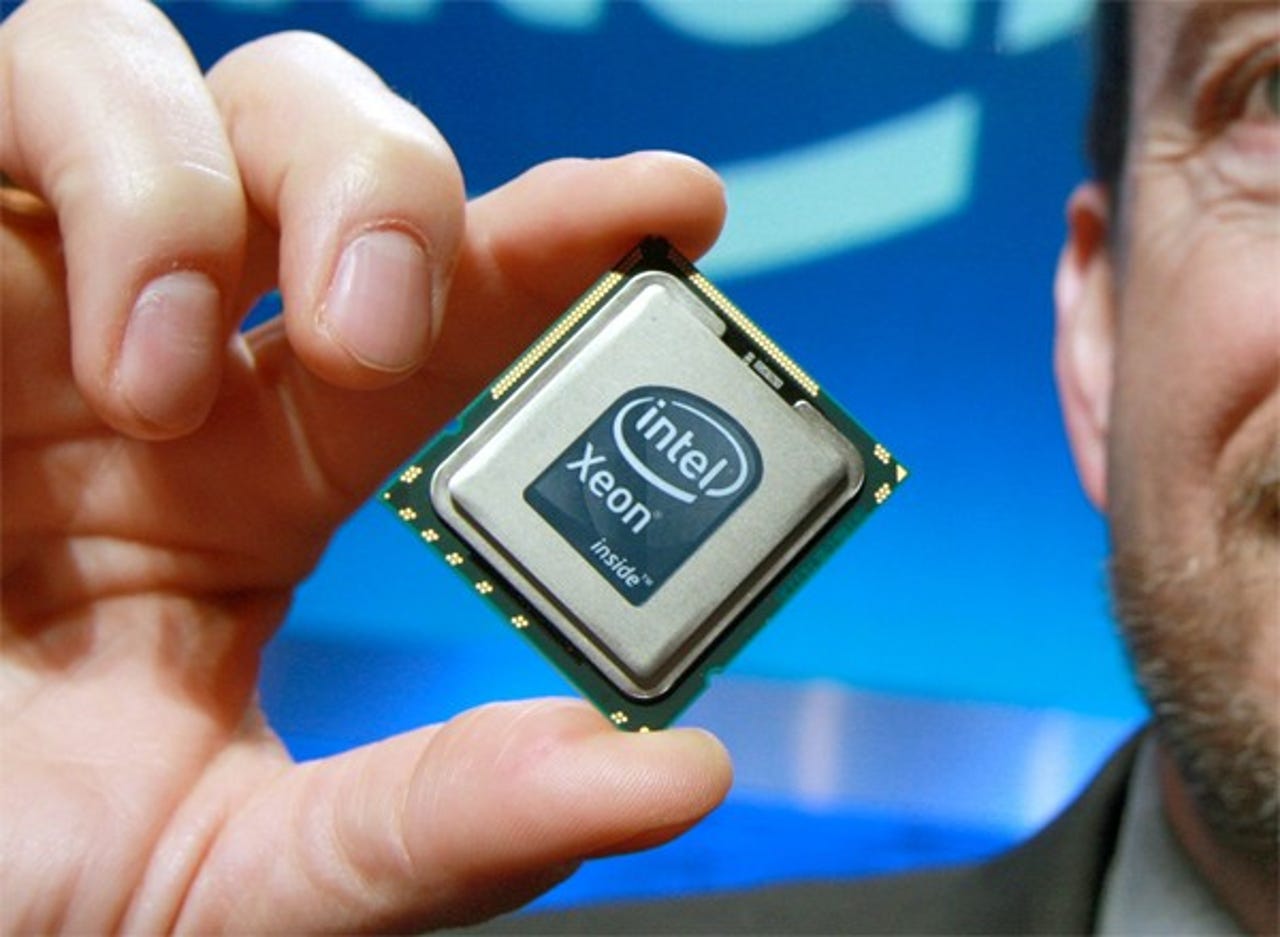Sluggish PC and mobile demand hits semiconductor sales


After years of continuous growth in semiconductor sales, the first instance of static or declining sales in the bellweather product of the information age came as a shock. But according to Gartner analysts, the world is getting used to the uncertainty around the outlook for chips.
Gartner now predicts that worldwide semiconductor capital spending will decline 1 per cent in 2015, to $63.9 billion, which is a significant downward move from the 2.5 per cent growth that Gartner predicted in the previous quarter.
Did they get it wrong? According to Gartner's Takashi Ogawa, the bleak outlook is because the analysts are continuing "to see weakness in end-user electronics demand in response to an uncertain economic environment".
It gets worse. Next year Gartner is "anticipating DRAM manufacturers to respond to oversupply conditions with dramatic deductions in their investment plans," he said.
Ogawa's forecast for 2016 is unchanged from his previous one - and it is equally gloomy. He predicts a 3.3 per cent decline over 2015.
The downshift is being experienced across the semiconductor sector, Gartner says in its yearly outlook. It points to Intel, which has announced more capital spending cutbacks since Gartner's previous forecast update, "as have outsourcing companies (foundry and semiconductor assembly and test services) and integrated device manufacturers", the analysts say.
Capital spending in memory will decrease by $0.8 billion compared with Gartner's second-quarter forecast while the DRAM sector suffers more than most. DRAM will see "a strong downward adjustment" to only 0.2 per cent growth for 2015, Gartner says, down from its previous forecast of 29 per cent growth. Slowing demand for PCs and ultramobiles is to blame, says Gartner.
Gartner's Ogawa explains that the weak end-user market is affecting DRAM demand, "combined with new foundries coming on line at Samsung and SK Hynix [which have] created a weaker market than anticipated in our last forecast". As a result, "we anticipate that DRAM manufactures will move more quickly from investing in new capacity to a 'maintenance and upgrade existing capacity' mode of operation," he said.
In the NAND flash memory sector, Gartner forecasts spending growth of 0.1 per cent, a significant change compared to a fall of 19.4 per cent in the previous forecast.
Gartner emphasises the move from DRAM to NAND, predicting that the memory manufacturers will switch 10 per cent of capacity investments to NAND in late 2015 and 2016. The DRAM manufacturers will respond to that by slowing investments in late 2015 and early 2016.
Further Reading:
iPhone, iPad chip patent defeat leaves Apple facing huge bill
Intel tops Q3 targets as data center growth offsets PC dips
Moore's Law may be dying, but there's still plenty of demand for faster chips